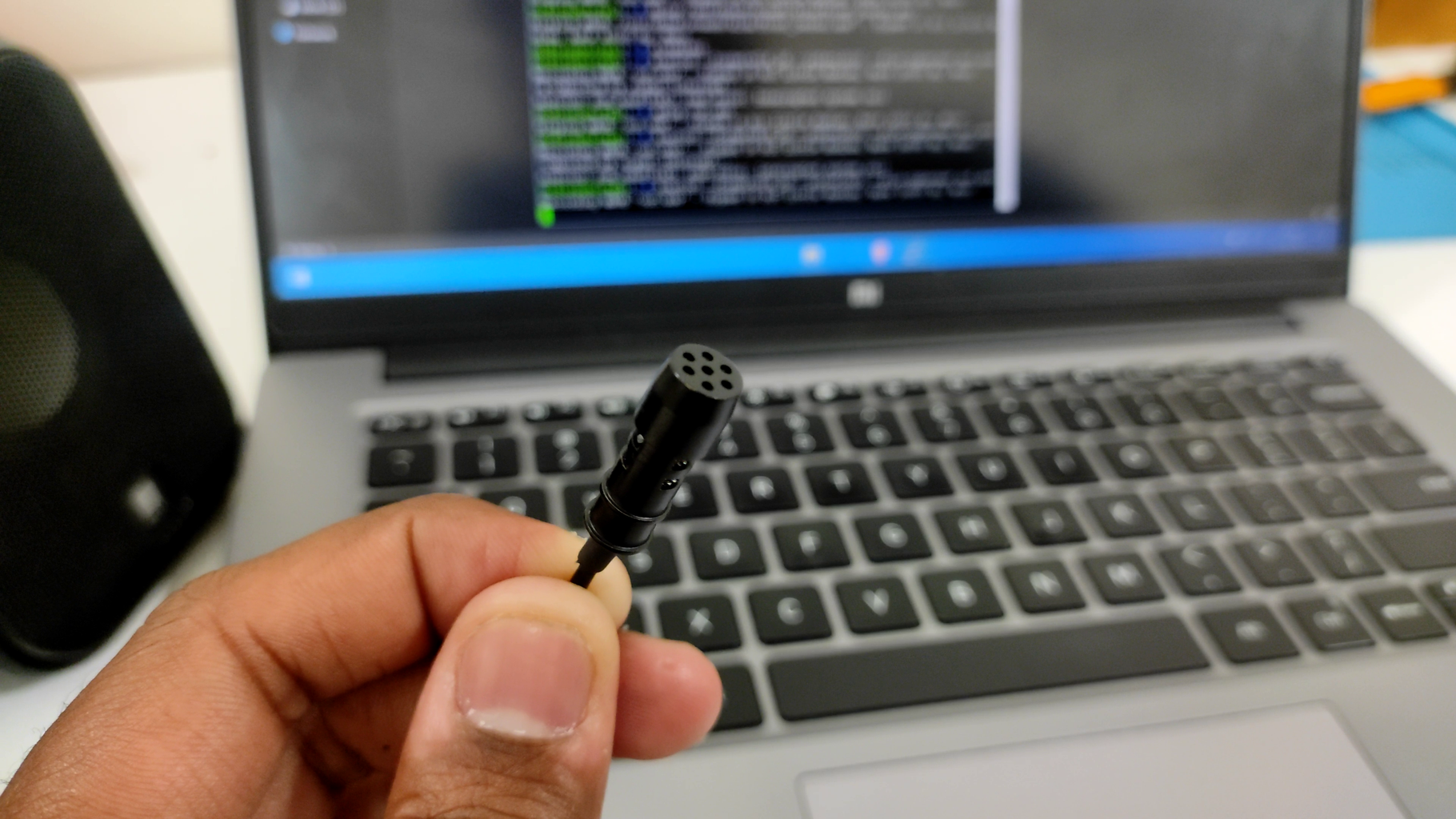Miss Minutes Voice Assistant Using Raspberry Pi Zero W 15 Steps with Circuit Diagram
Miss Minutes Voice Assistant Using Raspberry Pi Zero W 15 Steps with Circuit Diagram Installing a voice assistant in Home Assistant on a Raspberry Pi may seem involved, but it can be a rewarding project with the proper steps. Following the outlined instructions, you can manage Integrating Raspberry Pi projects with AI assistants can significantly enhance their capabilities, making them more versatile and interactive. Below are some innovative ways to leverage Raspberry Pi in AI applications. Voice-Controlled Home Automation. Using Raspberry Pi, you can create a voice-controlled home automation system.

Photo: Richard Baguley - My AI assistant Boris, built from a Raspberry PI 5 in a RasTech case and an Anker USB speakerphone. Boris is built using Open Voice OS (OVOS) , a system that combines open-source technology and cutting-edge AI to create a voice-controlled system configured to your requirements that integrates with your smart home and Awesome, let's get Open Voice OS set up on the Raspberry Pi 5. Before you get started, make sure you have a microphone so you can talk with the voice assistant, and some means of sound output.

I turned my Raspberry Pi into a voice assistant: here's how Circuit Diagram
Transform your Raspberry Pi into a powerful virtual assistant that rivals commercial alternatives - without relying on cloud services or compromising your privacy. Build a customized AI companion that handles voice commands, controls smart home devices, and manages your daily tasks, all while keeping your data secure on your own hardware. This comprehensive guide walks you through creating a

Now we come to our main program. you need to install these modules in python. pip install struct pip install playsound pip install pvporcupine. in main program we use socket programming to send commands to Raspberry Pi Pico W. you can see source code in below. you must run this program on your PC or on a SBC like Raspberry Pi 5 or Nvidia Jetson Nano. Mycroft is a free, open-source voice assistant designed to run on Linux-based devices. It works similarly to Amazon's Alexa and Google's Assistant: You say a phrase like "Hey Mycroft" to wake it TL;DR Key Takeaways : Building a local AI voice assistant with Raspberry Pi and Home Assistant enhances privacy and data control compared to cloud-based solutions.
